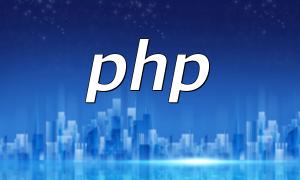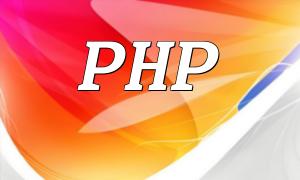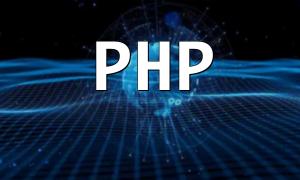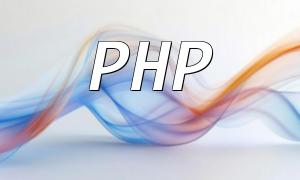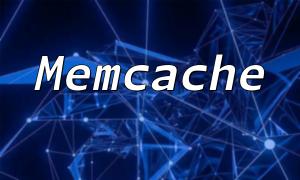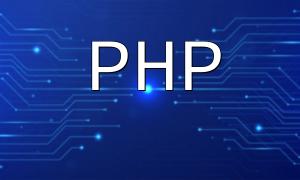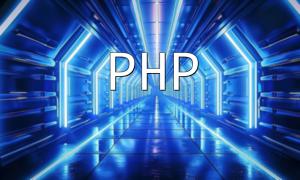With the rise of the internet, more and more people are turning to online learning platforms to acquire knowledge. These platforms provide learners with a wealth of resources and opportunities, from study materials and online courses to interactive discussions. In this article, we will explore how to develop a powerful online learning platform using PHP to help learners study and share effectively.
To develop an online learning platform, the first step is to set up a stable server environment. Apache is recommended as the web server, MySQL for the database, and PHP for the development language. This combination is widely used in web development and has solid technical support.
For effective data management, it's crucial to design a proper database structure. You can create the following core tables:
These tables help efficiently manage learning resources and user data on the platform.
User registration and login are the basic functionalities of the platform. Learners need to register to create an account and log in to access the platform's resources. It's important to validate the user’s input and ensure the uniqueness of usernames. The login process will verify the username and password for security.
The learning resource management feature allows users to upload their own resources or browse resources shared by others. When uploading a resource, it will be saved to a specific directory on the server, and the related information will be stored in the database.
Offering online courses is a key feature of the platform. Learners can engage with courses by watching videos, participating in discussions, and more. The courses can have start and end times, as well as related materials. Learners can register for courses based on their interests.
The learning community serves as a space for learners to communicate and interact. In the community, learners can ask questions, share learning experiences, or participate in discussions. To encourage active participation, a points and levels system can be implemented to reward contributors.
Besides the core functionalities, the platform can be further optimized through the following features:
During development, it's important to prioritize user privacy and platform stability. Measures should be taken to protect users' personal data and uploaded learning materials from unauthorized access or leakage. Additionally, the platform’s scalability must be considered to handle potential traffic growth and future feature expansions.
Developing a fully functional online learning platform with PHP enables learners to access study resources easily. The platform should include essential features like user registration, resource management, and online courses, as well as extendable features like learning communities and personalized recommendations to improve the user experience. The ultimate goal is to create a secure, efficient, and user-friendly platform that meets the diverse needs of modern learners.
